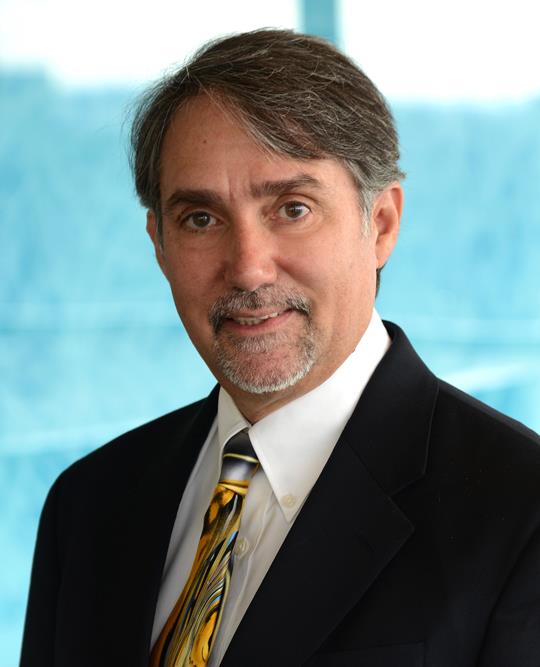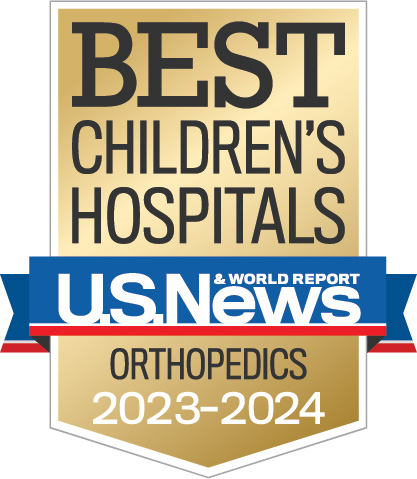Surgical outcomes in cerebral palsy
1. Determining the Natural History of the Femoral Physeal Angle in Normal Children During Development
Collaborators: Chang FM, Miller NH, Kolnik A, Carry P, Merritt C, Pan Z & Davis J
2. Outcomes of Varus Derotational Osteotomies for Hip Dysplasia in Children with Cerebral Palsy and Predictors for Re-subluxation
Collaborators: May A, Chang FM, Novais E, Faulk LW, Miller NH, Pan Z, Davies K, Kark J, Ma J
3. Acetabular Remodeling After a Varus Derotational Osteotomy (VDRO) in Children with Cerebral Palsy
Collaborators: Chang FM, Novais E, Pan Z, Ma J, Ingram JD
4. The Relationship Between Hip Disease and Scoliosis in Children with Cerebral Palsy
Collaborators: Garg S, Chang FM, Miller NH
5. Results of Patellar Advancement Procedures for the Treatment of Crouch Gait in Patients with Cerebral Palsy (Collaboration with MRC)
Collaborators: Chen Q, Rhodes J, Hotchkiss M, Robertson D, Pritchard B, Frickman A
6. Effective of Age at Surgery on Distal Femoral Remodeling Following Extension Osteotomies in Children with Cerebral Palsy
Collaborators: Rhodes J, Roy D, Pan Z, Chang F, Pritchard B, Frickman A
7. Retrospective Comparison of Allograft versus Bovine Xenograft in Evan’s Calcaneal Osteotomy for Planovalgus Foot Deformity in Cerebral Palsy
Collaborators: Chang FM, Mansour A, Davies K, Pritchard B, Miller N
8. Comparison of Graft Materials Used in the Evans Calcaneal Lengthening in Children with Cerebral Palsy
Collaborators: Chang FM, Rhodes J, Miller N, Davies K, Pritchard B, Autruong P
9. Rectus Femoris Manuscript
Collaborators: Rhodes J, Carollo JJ, Chang FM, Friesen R, Pritchard B
10. Correction of Ankle Valgus in Children Using a Transphyseal Medial Malleolar Screw
Collaborators: Chang FM, Hoversten L, Ma J, Novais E
11. Clinical Outcomes and Biomechanical Assessment of Pes Planovalgus in Children with Cerebral Palsy
Collaborators: Chang FM, Look N, Carollo J, Ma J, Autruong P
12. A Comparison of Treatment Methods for Femur Fractures in Patients Affected by Cerebral Palsy
Collaborators: Chang FM, Tulk K, Autruong P
13. Timing of intensive strengthening and immobilization following Strayer, Percutaneous TAL and Open TAL procedures in patients with hemiplegic cerebral palsy
Collaborators: Rhodes JT, Harris N, Hutchinson B, Frickman A
14. Biomechanical Assessment of Three Patellar Advancement Procedures
Collaborators: Carollo J, Seidl A, Rhodes J, Baldini T
15. Upper extremity kinematics in hemiplegic cerebral palsy before and after wrist tendon transfer
Collaborators: Mayo M, Scott F, Faussett M, Carollo J
Nonsurgical interventions in cerebral palsy
16. Evaluation of Upper Limb Motor Control in Children with Hemiplegic Cerebral Palsy after Combined Botulinum Toxin – A Injections and Constraint-Induced Movement Therapy: A Pilot Study
Collaborators: Oleszek J, Valvano J, Kenyon P, Denniston N.
17. Effect of Adapted Skiing and Snowboarding on the Motor Function and Endurance of Children with Physical Disabilities
Collaborators: Chang FM, Davies K, Valvano J, Kanai S, Faulk W, Pritchard B, Carry P Carollo JJ, Ma J
18. Musculoskeletal Simulation Guided Therapy for Children with Cerebral Palsy
Collaborators: Carollo J, Silverman A, UNMC, Omaha, NE
Quality of life and health outcomes
19. Walking and its Effect on Health and Function in Inpiduals with Cerebral Palsy as they Transition to Adulthood: A Health Outcomes Study
Collaborators: Carollo JJ, Hein P, Valvano J, Bodkin A
20. Cerebral Palsy Transition to Adulthood: Systematic Review
Collaborators: Robertson DM, Heyn P, Carollo JJ, Valvano J
21. Effects of Adapted Skiing and Snowboarding On Quality Of Life of Children With Physical Disabilities
Collaborators: Chang FM, Davies K, Hotchkiss M, Prichard B, Ma J, Autruong P
Methodological advances in cerebral palsy
22. Changes in Coordination and Functional Outcomes after the Rectus Femoris Transfer Procedure in Children with Spastic Cerebral Palsy
Collaborators: Valvano J, Worster K, Carollo JJ, Pan Z, Davies K, Ma J
23. Apparent Equinus Gait in Children with Cerebral Palsy, A Quantitative Analysis
Collaborators: Rhodes J, Halgrimson W, Davies K, Sinha, Carollo JJ, Pritchard B, Frickman A
24. An Analysis of Leg Length Discrepancies in Children with Hemiplegic Cerebral Palsy
Collaborators: Rhodes J, Chang FM, Pritchard B, Dudevoir M, Frickman A
25. Inter-Segmental Coordination and Ankle-foot Orthoses during Gait by Children with Spastic Cerebral Palsy
Collaborators: Carollo JJ, Valvano, J, Worster K, Robertson D
26. The Effect of Pelvic Positioning on Radiographic Measurements Used in Treating Hip Dysplasia in Children with Cerebral Palsy
Collaborators: Carollo JJ, Chang FM, Novais E, Robertson DM, Ma J, Ingram JD, Autruong P
27. Data Base Setup For Developing Gait-Cycle Indexed Gait Performance Score
Collaborators: Pan Z, Carollo JJ, Denniston N, Worster K
28. Coordination Dynamics of Walking – Dissertation
Collaborators: Worster K, Carollo J, Valvano J
29. IMove: Instrumented Movement Analysis to Quanitfy Gait in Cerebral Palsy
Collaborators: Carollo J, Bodkin A, Robertson D, Frickman A
30. Gait Deviation Index Representative Gait Cycle Selection in Cerebral Palsy
Collaborators: Sauer C, Carollo J
Applications of motion capture beyond cerebral palsy and collaborations
31. Impact of Spinal Fusion Construct with Sacropelvic Fixation on Gait Dynamics
Collaborators: Carollo JJ, Erikson MA, Miller NH, Nicklas T, Hotchkiss M, Hogy S, Robertson DM
32. Impact of VEPTR (Vertical Expandable Prosthetic Titanium Rib) Surgery on Chest Wall Dynamics
Collaborators: Erickson MA, Carollo JJ, Nicklas T, Miller NH, Nguyen T, Hotchkiss M, Robertson D
33. Is There a Correlation Between Clinical and Radiographic Measures in Scoliosis?
Collaborators: Garg S, Carollo JJ, Robertson DM, Niswander C
34. Manual Task Analysis Discerns Limitations in Motor Control in Children with Down Syndrome
Collaborators: Valvano J, Worster K, Denniston N, Winders P, Hogy S, Carollo JJ, Ma J
35. An Investigation in Validating a Six Degree of Freedom Knee Model with Applications in Total Knee Replacement Stability in Downhill Walking
Collaborators: Cucuel C, Carollo JJ
36. Stability as an Assessment Tool for ACL Repair Comparison
Collaborators: Burnim K, Carollo JJ, Albright J, Terhune E, Sochanska A
37. Anterior Knee Pain in Adolescents (Collaboration with MRC)
Collaborators: Provance A, Carry P, James D, Kanai S, Coel R, Mooney R
38. Evaluating the Functional Muscle Units in Van Ness Rotationplasties
Collaborators: Heare T, Silverman A, Donaldson N, Mooney R, Carollo JJ, Kanai S, Hogy S, Wylie E, Beebe C
39. Lower limb Alignment and Biomechanics after Derotational Femoral Osteotomy
Collaborators: Rhodes JT, Mei-dan O, Kanai S, Frickman A
40.Validity and Reliability of 2D versus 3D gait analysis for kinematic measures during running gait
Collaborators: Nagle K, Rhodes J, Kanai S, Sremba M, Frickman A

